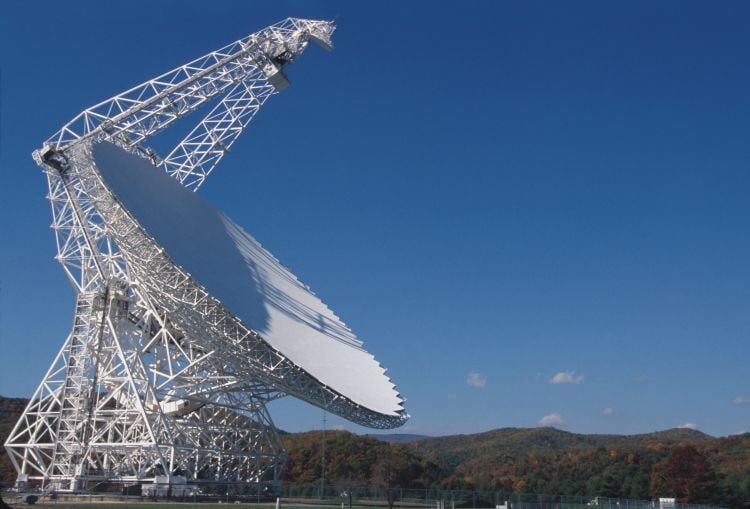How can radio astronomers successfully identify extraterrestrial radio signals while discerning them from Earth-based radio signals? This is what a recent study published in *The Astronomical Journal* hopes to address as a team of researchers investigated how machine learning could be used to search for extraterrestrial technosignatures while simultaneously identifying radio contamination from human radio signals. This study has the potential to help radio astronomers develop more efficient methods in searching for and identifying radio signals from extraterrestrial civilizations.
The study was led by Snir Pardo from the School of Physics and Astronomy at Tel-Aviv University in Israel, whose team collaborated with the Breakthrough Listen project to scan obtain spectrograms from more than 300 stars less than 50 parsecs (163 light-years) from Earth. Spectrograms are data graphs that display time and frequency of radio signals and are a common method in radio astronomy, with the researchers using the Parkes Observatory and Green Bank Observatory located in Australia and West Virginia, U.S., respectively, that are managed by the Breakthrough Listen project. What makes this study unique is the researchers used a combination of computer models and machine learning algorithms to analyze the data with the goal of identifying candidate signals that could originate from an extraterrestrial technosignature and not from a human source radio signal. The study notes, “SETI [Search for Extraterrestrial Intelligence] exemplifies the challenge of identifying new phenomena in vast, noisy data sets. We leveraged a minimal set of assumptions and simple operations, in order to search efficiently for technosignatures in radio observations of nearby stars. Of the 1011 spectrograms of more than 300 nearby stars that we analyzed, we visually inspected about 20,000 of the most promising candidates and ruled them all out. Future work should explore incorporating adaptive multiscale techniques to further automate the vetting process and expand search efficiency.” The Breakthrough Listen project is an astronomy project whose goal is to identify technosignatures of radio and laser communications using the aforementioned Parkes Observatory and Green Bank Observatory while being based at the Berkeley SETI Research Center. It was founded in 2016 and has surveyed over one million stars, including all 43 stars located within 5 parsecs (16.3 light-years) from Earth. While no confirmed technosignatures have yet to be received by scientists on Earth, the closest humanity has come to receiving a signal from another world happened August 15, 1977. This was when a 72-second signal was received by the Ohio State University’s Big Ear radio telescope but went unknown for several days until astronomer Jerry R. Ehman evaluated the data and discovered the radio signal was so intense that he circled the data and wrote “Wow!” next to it. Despite several attempts to obtain a similar signal from its supposed origin of the constellation Sagittarius, astronomers couldn’t find another signal like it and have yet to receive anything close to the intensity of this original signal. This study demonstrates how the SETI Institute continues to broaden its methods for using radio astronomy in searching for and identifying radio signals from extraterrestrial civilizations, noted as technosignatures here. Aside from using radio astronomy to search for technosignatures, the goal of SETI is to broaden our understanding of searching for life beyond Earth through collaborations on active and retired space missions, including Cassini, New Horizons, Opportunity, Curiosity, Kepler, and TESS (Transiting Exoplanet Survey Satellite). As machine learning continues to advance, so will its ability to potentially identify technosignatures from outside Earth and demonstrate that we might not be alone in the universe. How will machine learning help radio astronomers search for extraterrestrial technosignatures in the coming years and decades? Only time will tell, and this is why we science!As always, keep doing science & keep looking up!
 Universe Today
Universe Today
